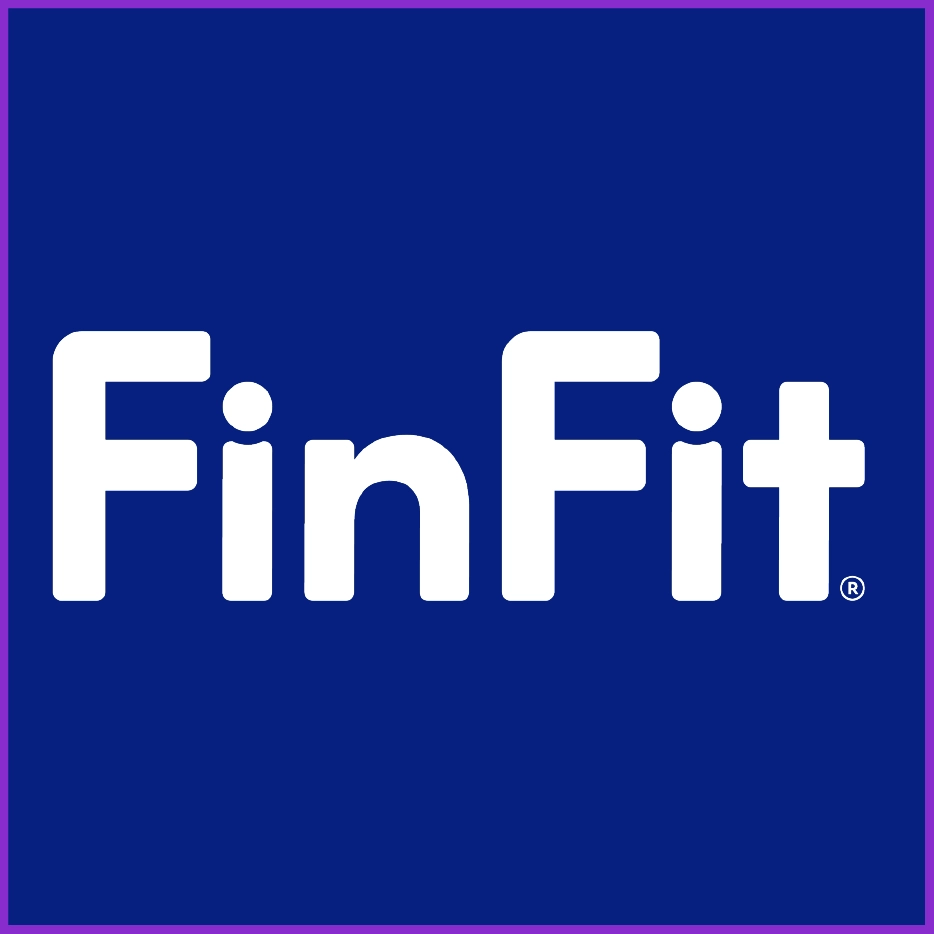Employee Ownership for Financial Health
Stocks are one of the most commonly used investment options, with 58 percent of Americans reporting they owned some form of stocks in 2022, according to Gallup. But what about owning stock in the company you work for, or employee stock ownership plans (ESOPs)? There are just under 14 million participants in the U.S., which amounts to around 4 percent of the U.S. population. But recently, there has been more interest in companies promoting ESOP to their employees.
What are the drivers behind this trend, and how do ESOPs influence employee dedication to a company as well as the financial health of both employees and the company?
In this episode of SECURE by FinFit, host Charles Lattimer, Chief Innovation Officer at FinFit, interviewed Jon Burg, Partner, Infinite Equity, Inc., to discuss equity and employee compensation and how it impacts employee behaviors and financial resiliency.
Lattimer and Burg also discussed…
- The benefits of employee ownership to the company and the future of their financial health
- Leadership team viewpoints when it comes to the expense of stock option matches and 401K contributions
- How employee ownership fits into the ESG initiative
“When we think about ownership culture, that’s not something you can truly measure. It’s more of a mindset. You know you’re successful when the employees really embody those values and spirits and the corporate objectives. They’re thinking like owners and you can see it in really little ways,” Burg stated.
Jon Burg is a former pension actuary who has more than two decades of experience in employee equity compensation programs. Burg is Partner at Infinite Equity, Inc. Some of his past work experiences include positions as Partner at Aon, Vice President at JPMorgan Compensation and Benefit Strategies, and Consultant at the former Chicago Consulting Actuaries. Burg earned his BS in Mathematics from the University of Washington.




